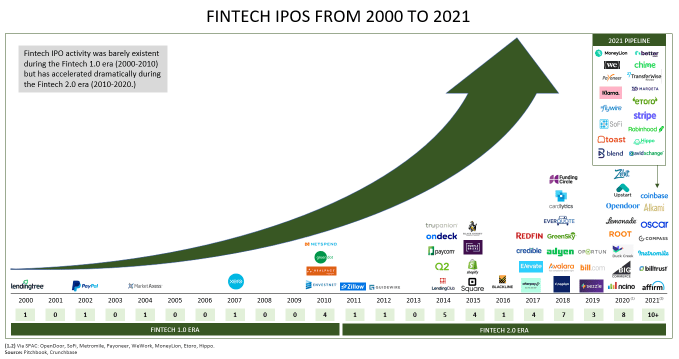As expected, Bill.com is buying Divvy, the Utah-based corporate spend management startup that competes with Brex, Ramp and Airbase. The total purchase price of around $2.5 billion is substantially above the company’s roughly $1.6 billion post-money valuation that Divvy set during its $165 million, January 2021 funding round.
Divvy’s growth rate tells us that the company did not sell due to performance weakness.
Per Bill.com, the transaction includes $625 million in cash, with the rest of the consideration coming in the form of stock in Divvy’s new parent company.
Bill.com also reported its quarterly results today: Its Q1 included revenues of $59.7 million, above expectations of $54.63 million. The company’s adjusted loss per share of $0.02 also exceeded expectations, with the street expecting a sharper $0.07 per share deficit.
The better-than-anticipated results and the acquisition news combined to boost the value of Bill.com by more than 13% in after-hours trading.
Luckily for us, Bill.com released a deck that provides a number of financial metrics relating to its purchase of Divvy. This will not only allow us to better understand the value of the unicorn at exit, but also its competitors, against which we now have a set of metrics to bring to bear. So, this afternoon, let’s unpack the deal to gain a better understanding of the huge exit and the value of Divvy’s richly funded competitors.
Divvy by the numbers
The following numbers come from the Bill.com deck on the deal, which you can read here. Here are the core figures we care about:
- “~$100 million annualized revenue,” calculated using the company’s March results multiplied by 12. That puts Divvy’s March, 2021 revenues at around $8.3 million.
- “>100% revenue growth YoY,” again calculated by leaning on the company’s March results. So, we can’t be sure that its full Q1 2021 growth was over the 100% mark. Still having its most recent Q1 month generate a three-figure growth rate is good. It also lets us know that the company did no more than $4 million or so in March 2020 revenue.
- “~$4 billion annualized TPV,” or total payment volume. Again, this is a March number annualized.
This lets us price the company somewhat. Divvy sold for around 25x its current revenue rate. That’s a software-level multiple, implying that the company has either incredibly strong gross margins, or Bill.com had to pay a multiples-premium to buy the company’s future growth today. I suspect the latter more than the former, but we’ll have to scout for more data when Divvy shows up in Bill.com results after the deal closes; that data is a few quarters away.




